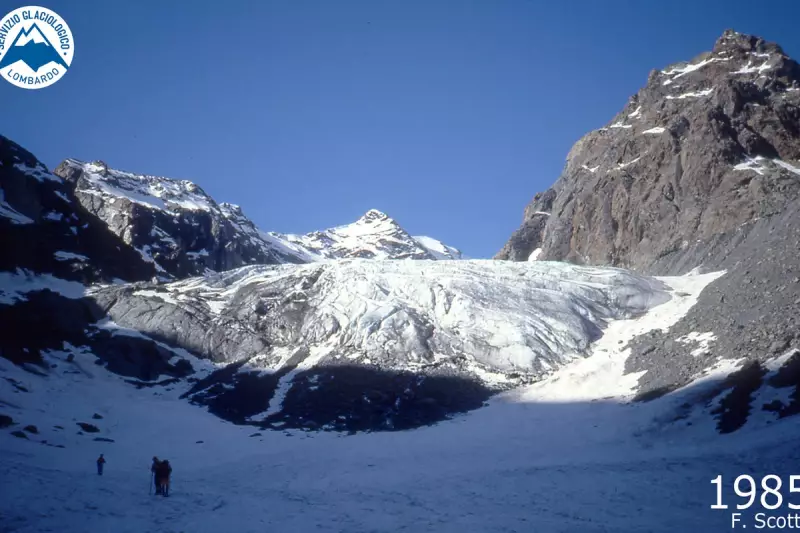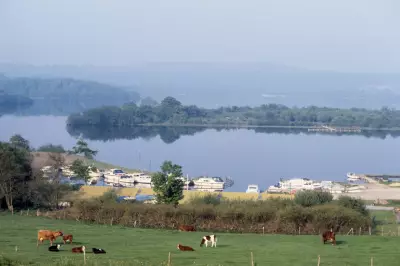
Italy's breathtaking Alpine glaciers, including those in the picturesque Lombardy region, are disappearing at an unprecedented rate due to the escalating climate crisis. Researchers have issued a dire warning that these natural wonders could vanish entirely within decades if current trends continue.
Accelerated Melting Reaches Critical Levels
Recent studies reveal that glaciers across the Italian Alps are retreating faster than ever recorded, with some losing up to 90% of their mass since the mid-19th century. The iconic Forni Glacier, once Italy's largest valley glacier, has shrunk dramatically, splitting into three separate sections.
Rome Sounds the Alarm
The Italian government has raised concerns about the environmental and economic consequences of glacier loss. These frozen reservoirs provide crucial water supplies during dry summer months, and their disappearance threatens agriculture, hydroelectric power, and tourism across northern Italy.
Climate Change's Visible Impact
Scientists point to rising temperatures in the Alps, which are increasing at nearly double the global average rate. The past decade has seen particularly dramatic ice loss, with some glaciers retreating by 30-40 meters annually.
- Alpine temperatures have risen by 2°C since the late 19th century
- Glacier mass loss has accelerated by 57% since 2000
- Some smaller glaciers have already disappeared completely
Regional Consequences
The Lombardy region faces particular challenges as its glaciers feed major rivers like the Po, which supports Italy's most productive agricultural areas. Local officials warn of potential water shortages and ecological disruption as the ice continues to melt.
Global Warning Sign
Experts emphasize that the rapid disappearance of Italy's glaciers serves as a stark visual reminder of climate change's immediate impacts. The situation mirrors similar glacial retreat observed in the Himalayas, Andes, and other mountain ranges worldwide.
Without immediate action to reduce greenhouse gas emissions, researchers predict most Alpine glaciers below 3,500 meters will disappear before 2100, fundamentally altering the landscape and ecosystems of one of Europe's most iconic mountain ranges.





